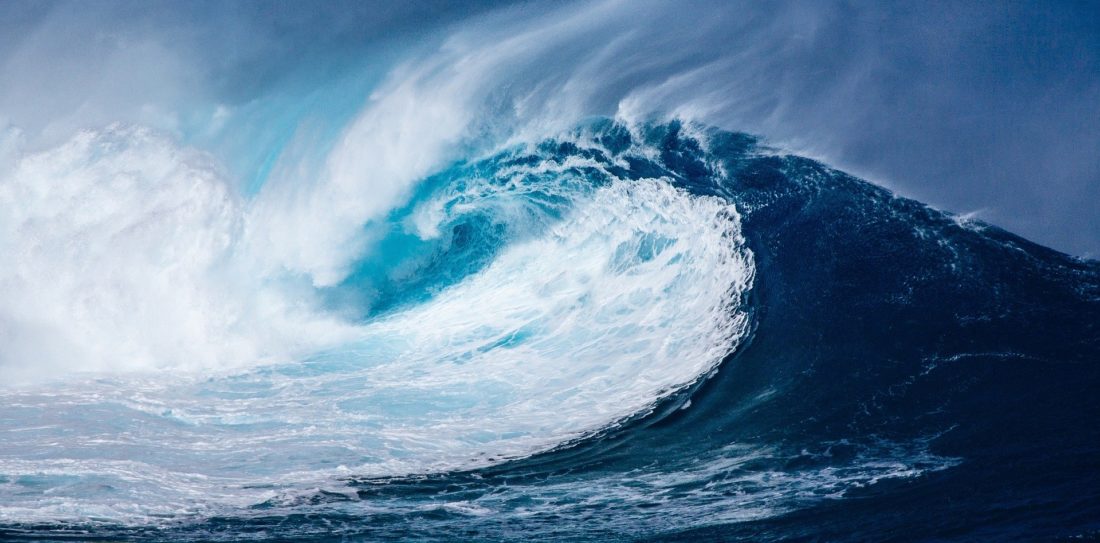Operational Oceanography : The Colour of the Oceans
Phytoplankton and its impact on ocean colour
The planet Earth seen from space appears very blue . This is due to the oceans that dominate it but also the seas, lakes and rivers. They represent no less than 75% of the total surface of the earth.
So could the predominant color ever change?
Have you ever noticed the difference in color between the oceans?
This phenomenon occurs due to the plant part of the plankton called #phytoplankton.
This plant organism is composed of microscopic algae and cyanobacteria and forms the basis of the oceans’ food chains.
It is an indispensable element in the study of the color of the oceans through the process of photosynthesis and its presence of chlorophyll which allows it to absorb the sun’s rays.
It is also one of the scientific means to obtain, from space, information on what is happening below the surface of the oceans.
Indeed, color measurements made by satellites can estimate the concentration of phytoplankton and track it in time and space.
According to scientists, more than 50% of ocean waters would change color before 2100 due to global warming. They would become bluer due to the decrease in phytoplankton and inversely greener in regions where it would be abundant.
These color changes, which are not visible to the naked eye, are a sign that the marine ecosystem is changing, in particular the action on the marine food chain, the absorption of CO2 and the climate…

